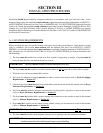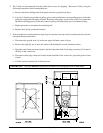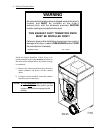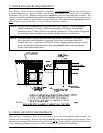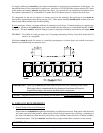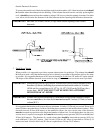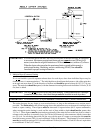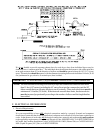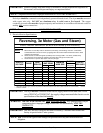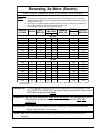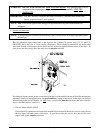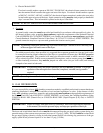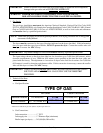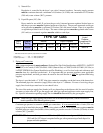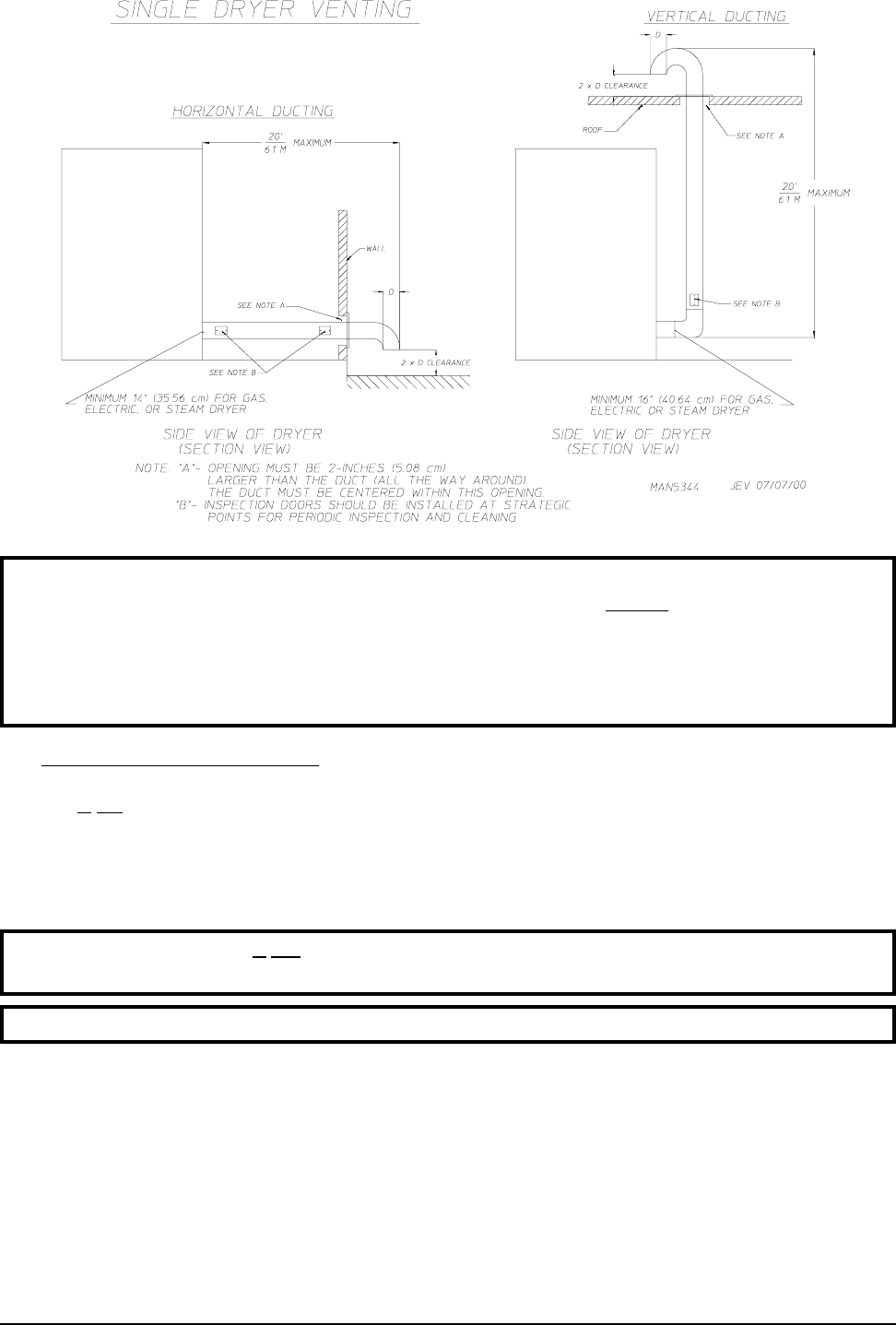
16 American Dryer Corp. 113202-10
IMPORTANT: For extended ductwork runs, the cross section area of the duct can only be increased
to an extent. Maximum proportional ductwork runs cannot exceed 20 feet (6.09
meters) more than the original limitations of 20 feet (6.09 meters) with two (2) elbows.
When the ductwork approaches the maximum limits as noted in this manual, a
professional heating, ventilating, and air-conditioning (HVAC) firm should be
consulted for proper venting information.
3. Multiple Dryer (Common) Venting
If it
is not feasible to provide separate exhaust ducts for each dryer, ducts from individual dryers may be
channeled into a “common main duct.” The individual ducts should enter the bottom or side of the main duct
at an angle not more than 45° in the direction of airflow and should be spaced at least 46-1/8” (117.16 cm)
apart. The main duct should be tapered, with the diameter increasing before each individual 14-inch (35.56
cm) duct is added.
IMPORTANT: The dryer is not provided with a back draft damper. When exhausted into a multiple
(common) exhaust line, a back draft damper must be installed at each dryer duct.
IMPORTANT: No more than four (4) dryers should be connected to one (1) main common duct.
The main duct may be any shape or cross-sectional area, as long as the minimum cross section area is
provided. The illustration on the following page shows the minimum cross-section area for multiple dryer
round or square venting. These figures must be increased 10 square inches (64.51 square centimeters)
when rectangular main ducting is used, and the ratio of duct width to depth should not be greater than
3-1/2 to 1. These figures must be increased proportionally if the main duct run to the last dryer to where it
exhausts to the outdoors is unusually long (over 20 feet [6.09 meters]) or has numerous elbows (more than
two [2]) in it. In calculating ductwork size, the cross-section area of a square or rectangular duct must be
increased twenty percent (20%) for each additional 20 feet (6.09 meters). The diameter of a round exhaust
must be increased ten percent (10%) for each additional 20 feet (6.09 meters). Each 90° elbow is equivalent
to an additional 15 feet (4.57 meters).



